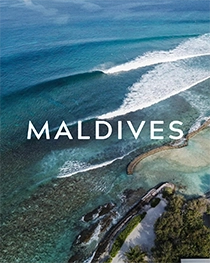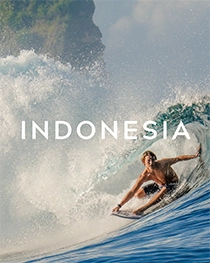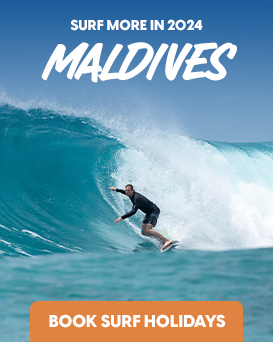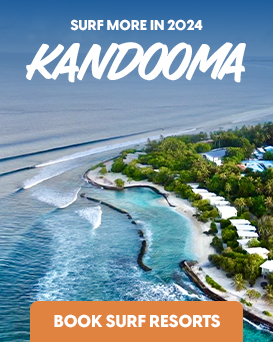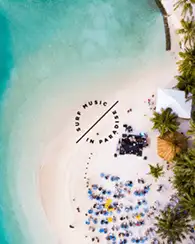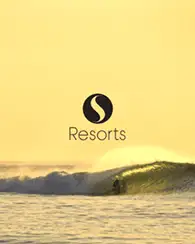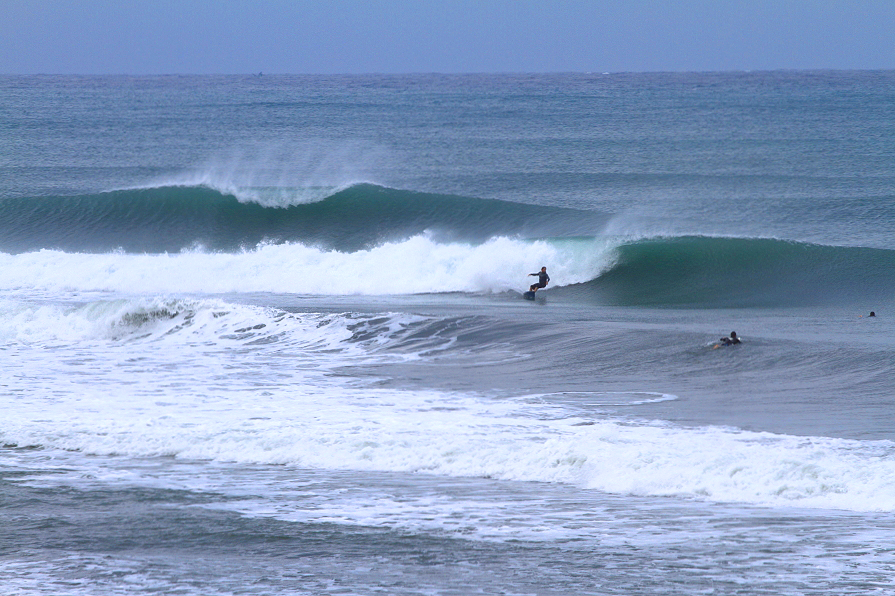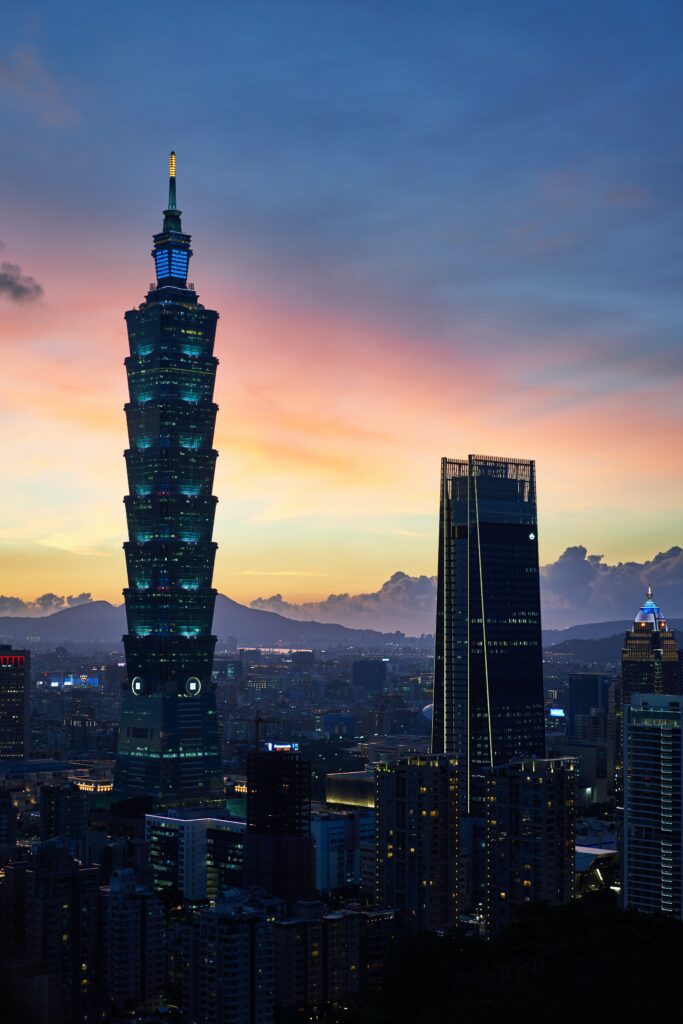Taiwan Surf Guide
What we love
Waves suitable for all levels of surfers.
Lots to do besides surfing; great food, markets, hot springs, diving, etc.
Warm water and great weather with a climate similar to that of Hawaii.
Where to surf in Taiwan
Best Surf Breaks in Taiwan
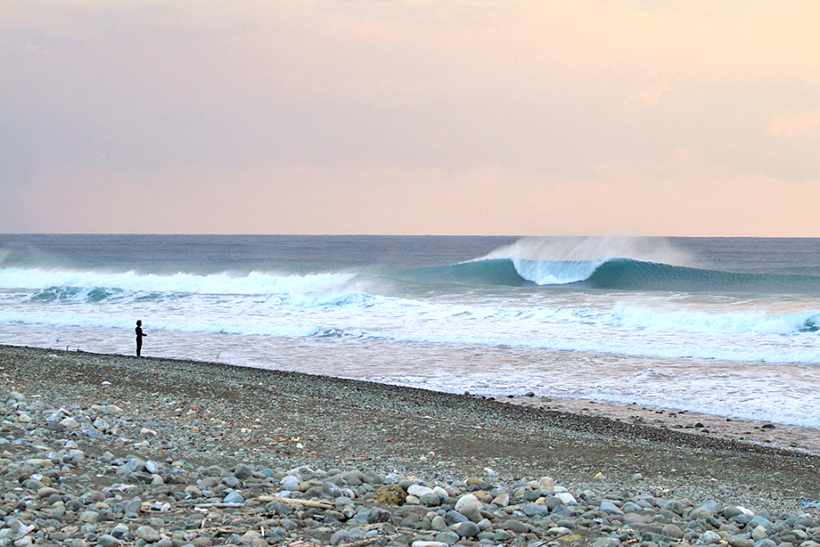

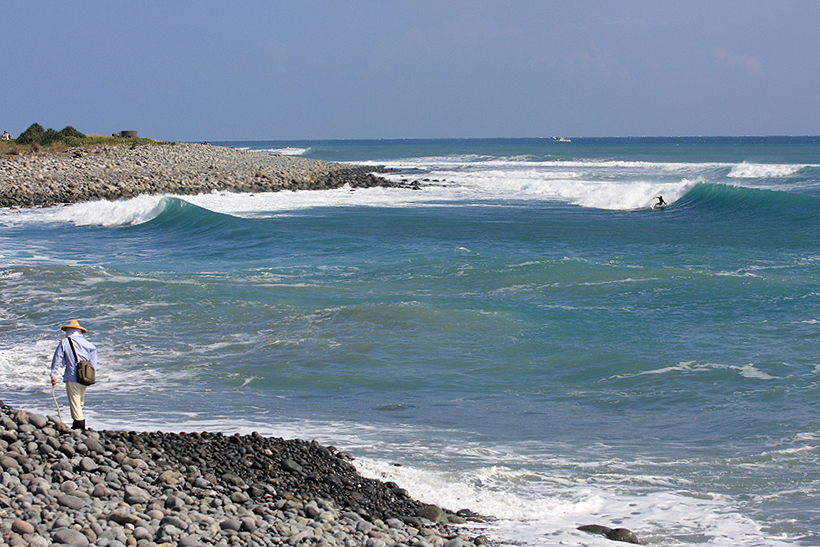

A beautiful break with an easy paddle out, offering hackable sections and coverups. Has a bigger outside section and offers a bit of wind protection.
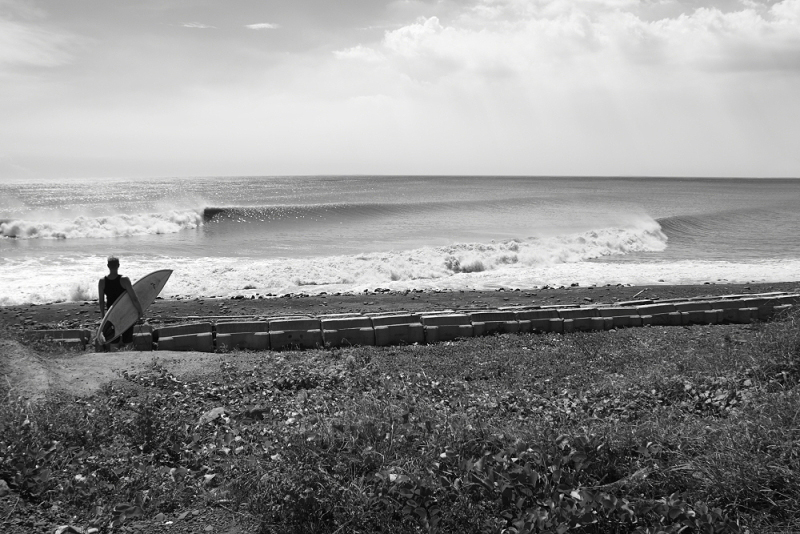

Loving long period groundswells, this fast left is a sight to behold and is a great wave once you know where to enter and exit. You’ll be hooting down the line for a good couple of hundred meters.
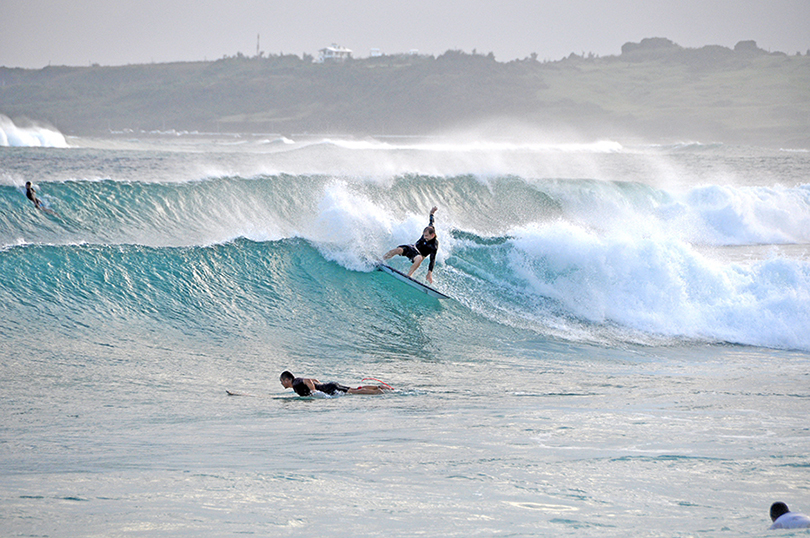

A rippable right if ever there was one! Offering plenty of opportunities for tight-to-the-pocket turns. And if that’s not enough, there are other spots (rights and lefts) you can see close by too.
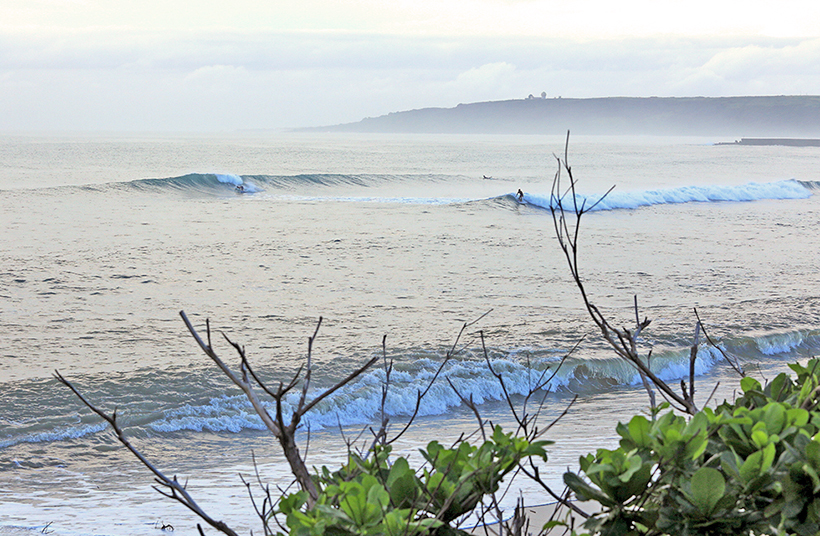

Really fun right and left, rippable on any tide and suitable for any craft. Depending on the banks there are usually a couple of peaks. Fun for the whole family.
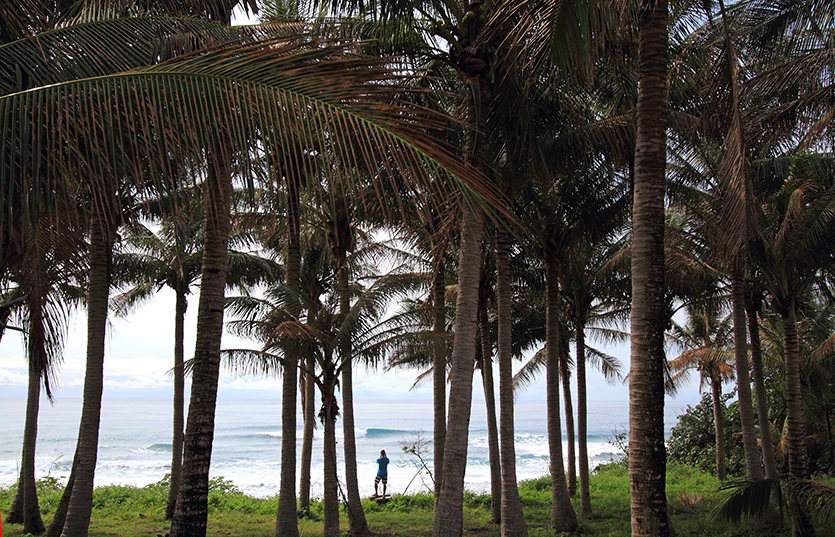

A great spot with areas suitable for foiling, longboard and shortboards all in one area. And the fishing’s not too shabby here either!
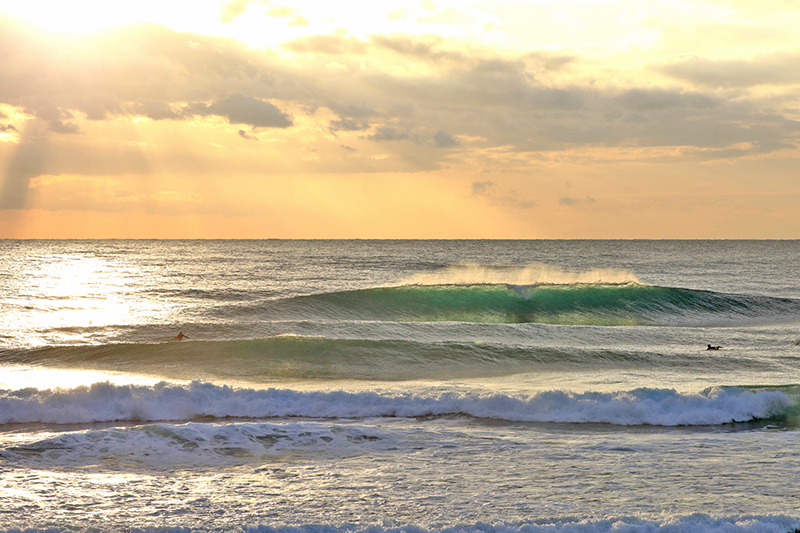

A dominant right, but still some lefts on offer, and more often than not there are another couple of peaks within easy paddling distance too. Suitable for all boards.
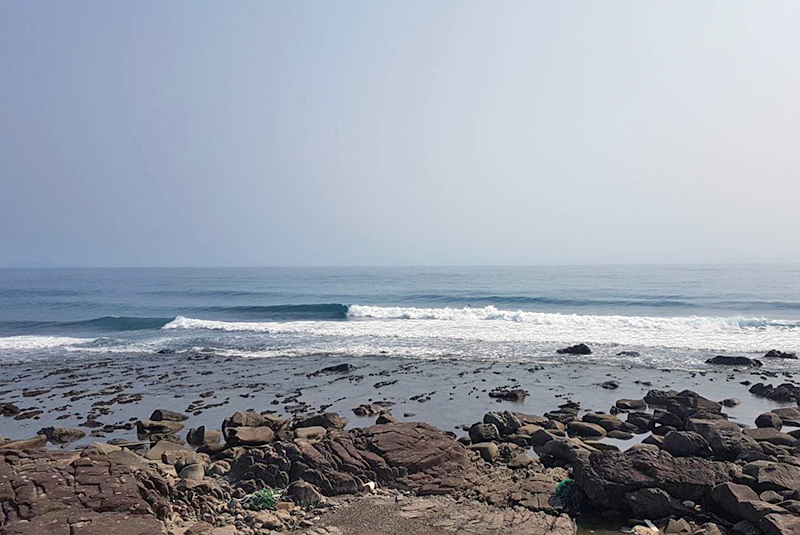

A fast right with a deep water paddle out. Simply take off, point and go! Surrounded by tropical, monkey filled forests and numerous little bays.
Taiwan Surf Season
APRIL/JULY – OCTOBER = SOUTH COASTWater Temp: 24 – 28℃ / 75 – 82℉ Climate: 25 – 32℃ / 77 – 89℉The SW Pacific Ocean [southeast of Taiwan] is the most active place on Earth for tropical cyclones to exist. Activity reaches a minimum in February, before increasing steadily through June, and spiking from July through October, with September & October being the most active month for tropical cyclones. This coastline and peninsula can best handle swell angles from the E, SE and SW.NOVEMBER – MARCH = EAST COAST.Water Temp: 22 – 25℃ / 72 – 77℉ Climate: 24 – 27℃ / 75 – 79℉The sparsely populated East Coast of Taiwan offers a host of rivermouths, beachbreaks and pointbreaks. Storms forming near Japan move through the North Pacific and deliver swell to Hawaii in their peak winter season. NE swell angle is ideal for this coast.
Attractions
The missions between surf breaks take you through pretty towns and breathtaking mountainous scenery. Snorkelling, diving, go-karts, waterfalls, waterholes, bike routes and hot springs are all great post-surf options. Your surf guides will also take you to the best night markets and day markets too - an absolute must-do while in Taiwan. At most local traditional restaurants (let your guide take you to the best ones based on your choice) you can score a delicious three-course meal and drinks for less than $20.
The Country
Taiwan is the most mountainous country in Asia, aside from Tibet, and has 256 peaks over 3000m. Add to this tropical lowland forests (monkey-filled), fertile plains where mango, pineapples, bananas and rice are grown (plus tea plantations on some mountains) and rich fishing waters surrounding the island, you’re certainly not going to go hungry in picturesque Taiwan!
With periods of Dutch and Spanish settlement as well as Chinese and Japanese rule, and its indigenous tribes, its history and culture is both complicated and fascinating.
Taiwan is a first world country and it’s primary exports these days are high-end tech – namely computer chips and medical equipment. Taiwan also has one of the best medical systems in the world.
Getting There
Flying into Kaohsiung airport (KHH), via a quick connection is your best bet. This airport is much closer to the surf, for both the south and east coasts, than flying into Taipei in the far north of the country.
Travel Information
Time Zone
UTC+08:00
Currency
New Taiwan dollar (NT$)
Calling code
+886
Electric
110V, Plug type: A,B





